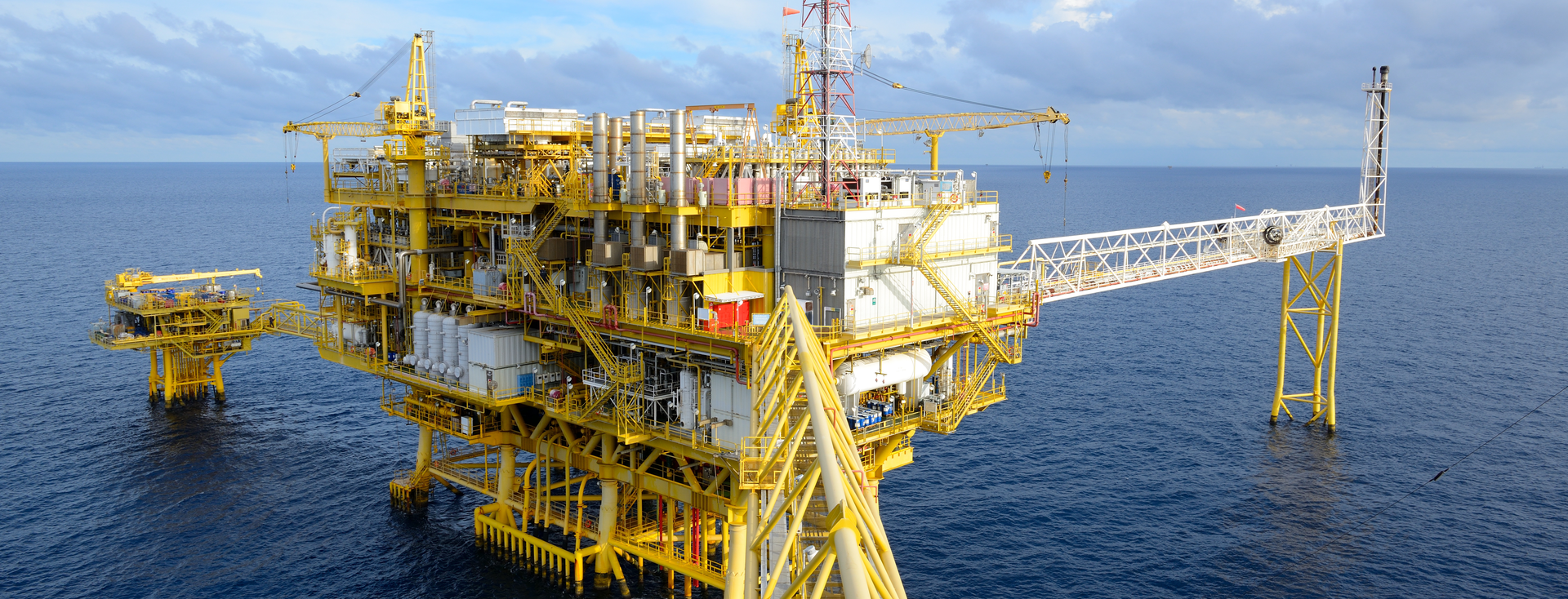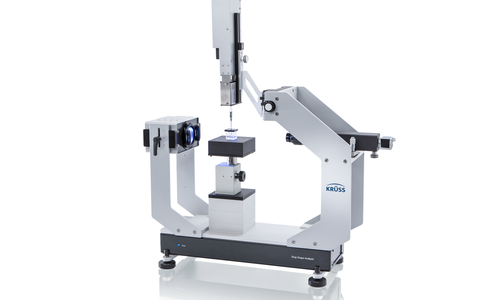
Enhanced oil recovery (EOR)
Interfacial technology for efficient oil field exploitation
The discovery of huge new stocks of crude oil is becoming less and less frequent, and is accompanied by ever increasing cost. Accordingly, the interest in increasing the yield of the existing crude oil reservoirs is growing. Unfortunately, the majority of all the oil inside the reservoir is trapped in the reservoir’s porous media. To exploit this oil, there is the need for methods of enhanced (or tertiary) oil recovery. Our surface and interfacial science instruments help to make these methods more efficient and thereby less expensive.
Forming water-oil emulsions for chemical flooding
In the so-called chemical flooding method, a surfactant solution is pumped into a reservoir to wash off the oil from the walls and to form an oil-surfactant (micro) emulsion that can be easily transported to the surface. For this, the interfacial tensions between oil and surfactant solution should be in a range well below 1 mN/m.
Measuring interfacial tensions down to 10-6 mN/m is the playground of a spinning drop tensiometer. The results provide information to help modify the surfactant solutions in order to adjust the interfacial tension for every specific oil field. The instrument also monitors the temperature dependence of the interfacial tension, which is important considering the expected large temperature differences between the oil-reservoir and the earth’s surface.
Surfactant Characterization
For approaching the characteristics of surfactants used in enhanced oil recovery, more common surface tension measuring techniques, like the Wilhelmy Plate method, are used. A fully completive and automatic determination of the critical micelle concentration (CMC) serves to describe the efficiency of a surfactant.
Measuring under pressure and temperature conditions of the oil reservoir
For further development of oil exploitation techniques, investigating surfaces and their wetting behavior under thermal and pressure conditions of the reservoir is a prerequisite. Appropriate interfacial tension measurements with the pendant drop method can be carried out with our high pressure unit.
Contact angle measurements with the same unit provide information about wetting and adhesion behavior between crude oil and stone.
As the amount of liquid required strongly decreases when transporting the oil with foam, high pressure foam analysis can be used to support this method of enhanced oil recovery.








